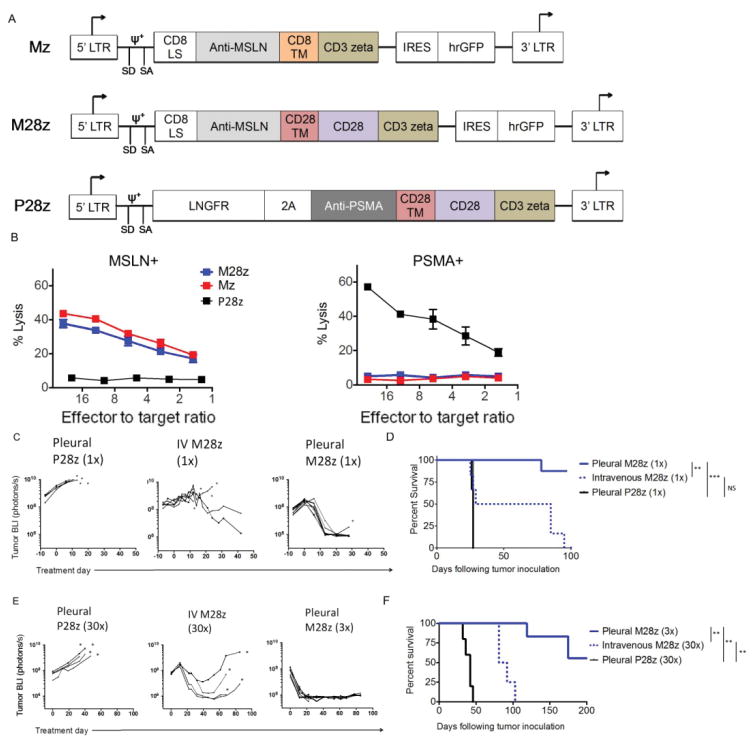Fig. 1. Regional administration of MSLN CAR-transduced T cells results in superior antitumor efficacy.
(A) MSLN-targeted constructs with CD3ζ endodomain alone (Mz) or with the CD28 costimulatory domain (M28z). A PSMA-directed CAR with CD28 costimulation (P28z) as well as PSMA+-expressing EL4 targets are included in experiments as negative controls. Antigen-specific effector function of MSLN-CAR–transduced T cells as shown by lysis of MSLN-expressing, but not PSMA-expressing, target cells measured by chromium-release assays. (C and E) Tumor BLI of NOD/SCID/γcnull mice bearing pleural tumor. Tumor-bearing mice were treated with either 1×105 (1×) or 3×106 (30×) M28z T cells intravenously (E:T, 1:3000 or 100, respectively), compared with 1×105 (1×) or 3×105 (3×) M28z T cells intrapleurally (E:T, 1:3000 or 1000, respectively). Death is depicted by an asterisk (*). (D and F) Kaplan-Meier survival analysis demonstrates superior efficacy with intrapleural administration (solid blue line), compared with intravenous administration (dashed blue line). Median survival was not reached for intrapleural administration of M28z; median survival for intravenous administration was 27 days (1×) and 86 days (30×). Control mice treated with pleural P28z (black line) had a median survival of 27 to 42 days (n=4-10 per group). Survival curves were analyzed with Log-rank test. **P < 0.01; ***P < 0.001. Raw data and exact P values are provided in Supplementary Materials

